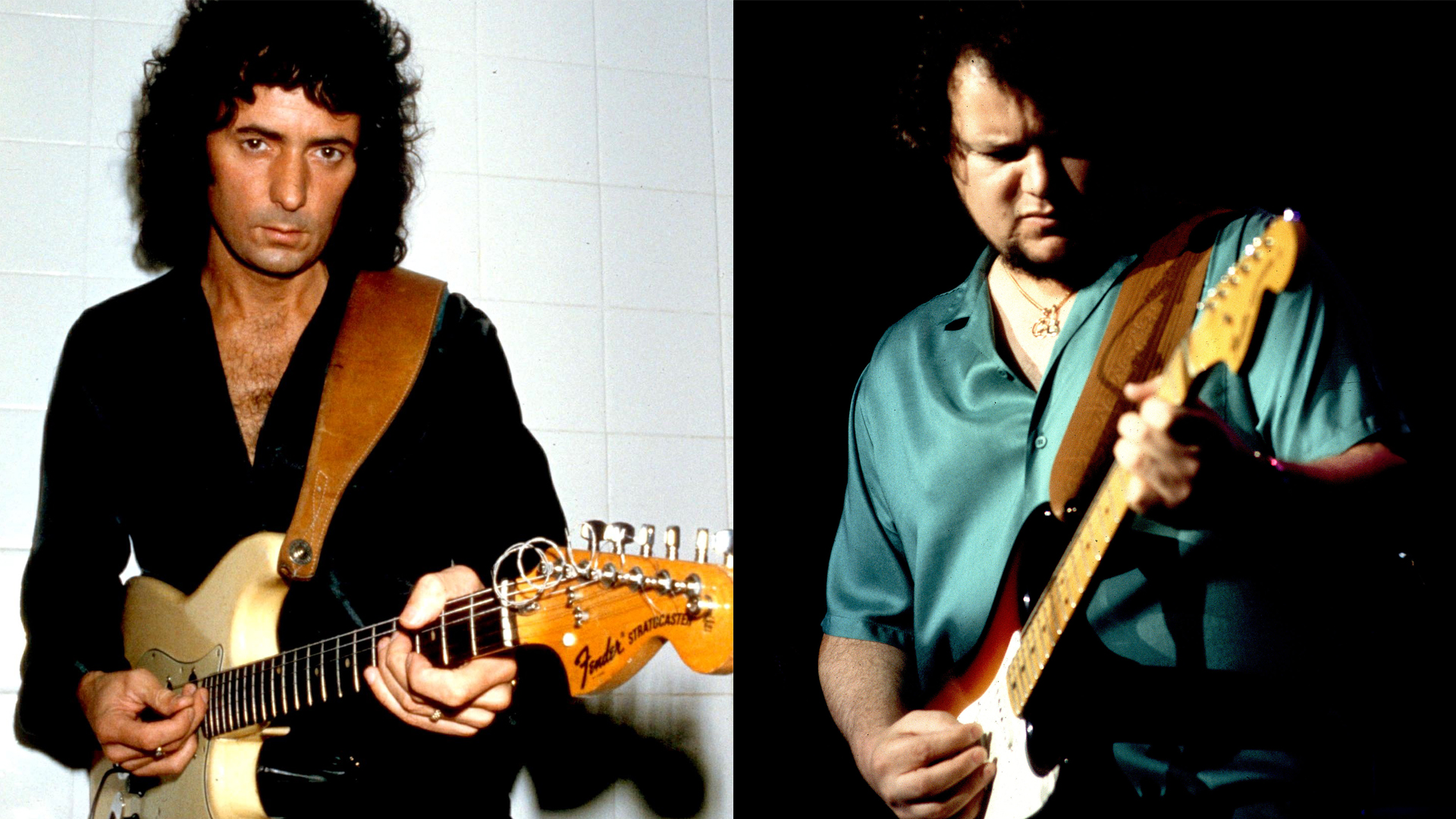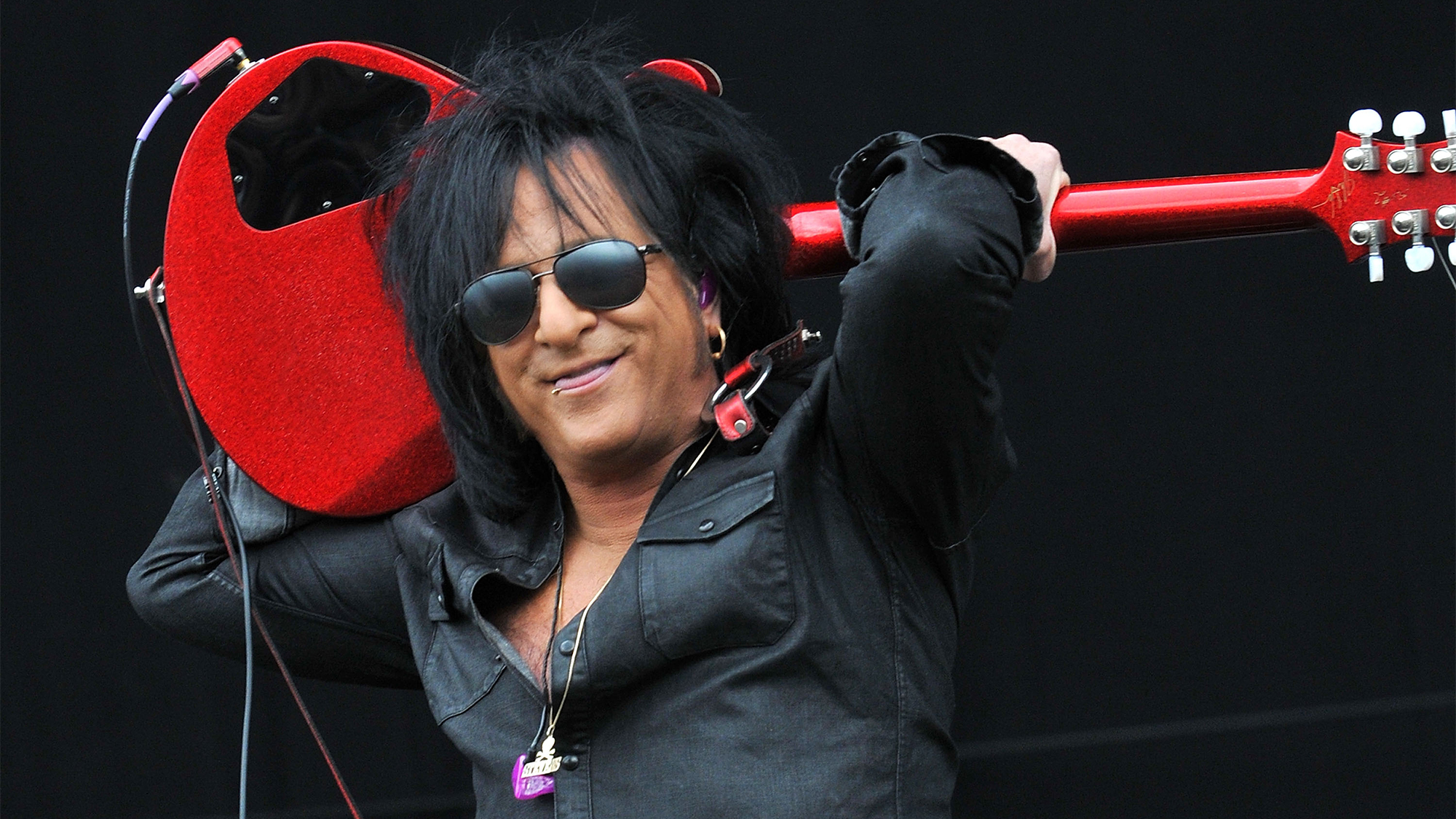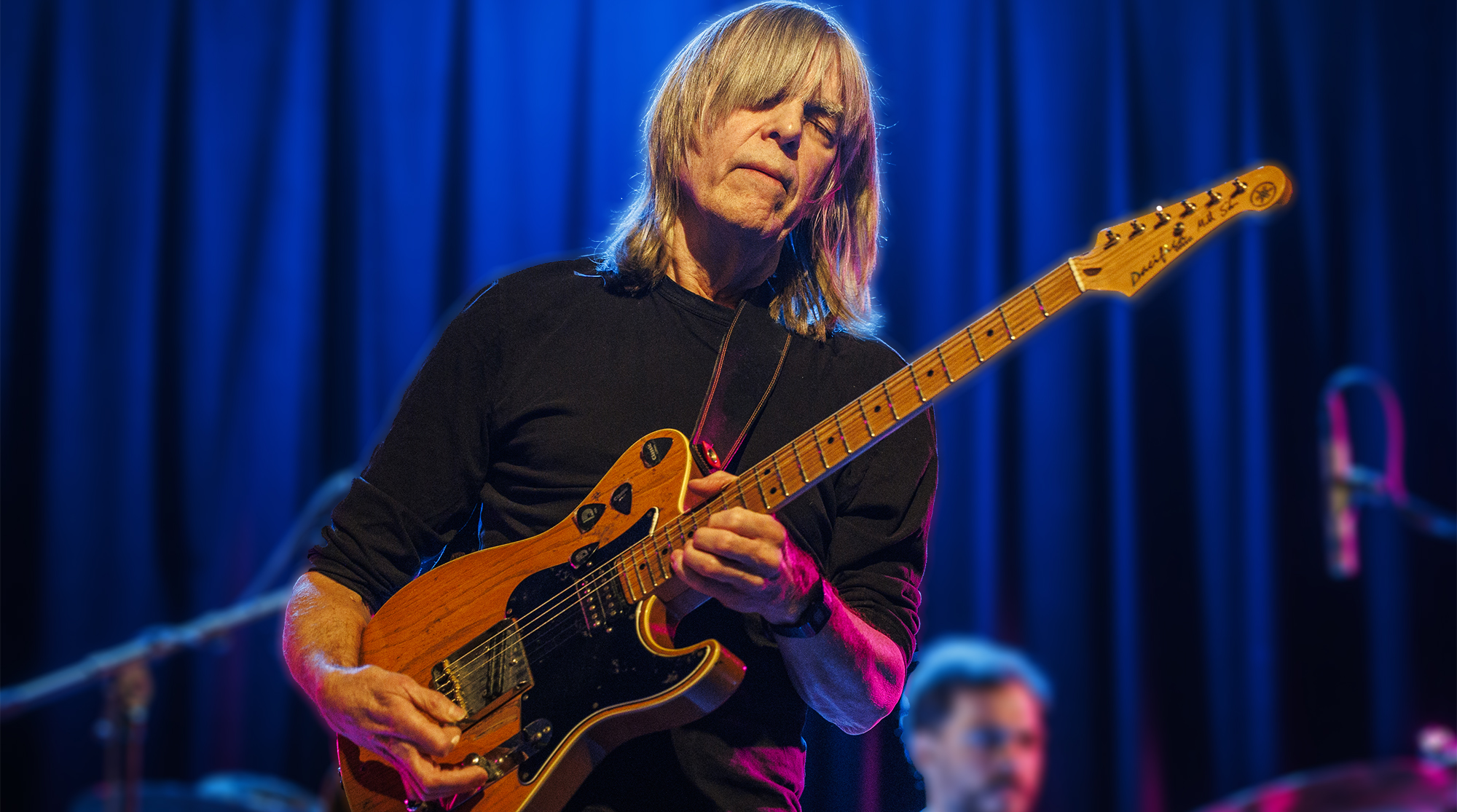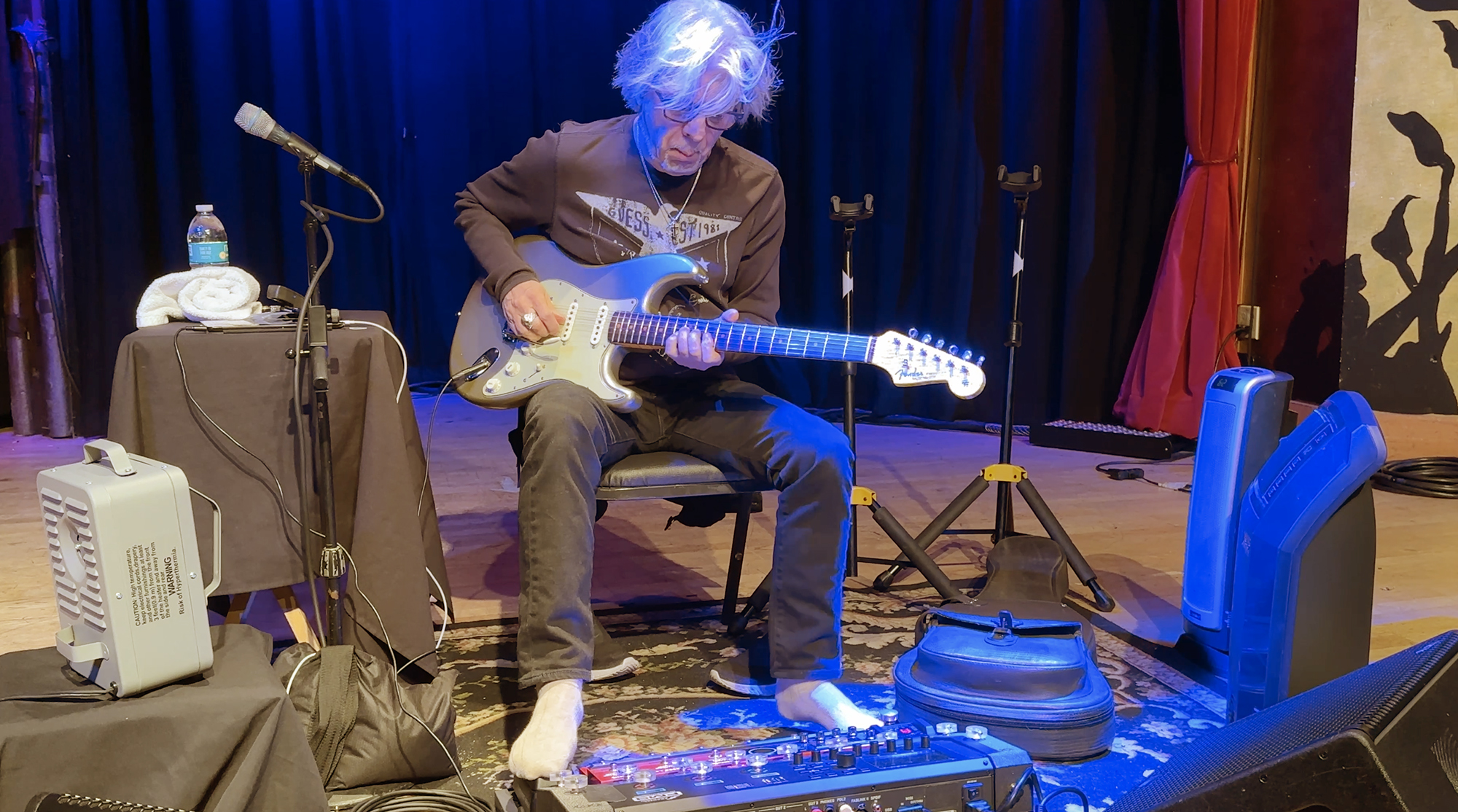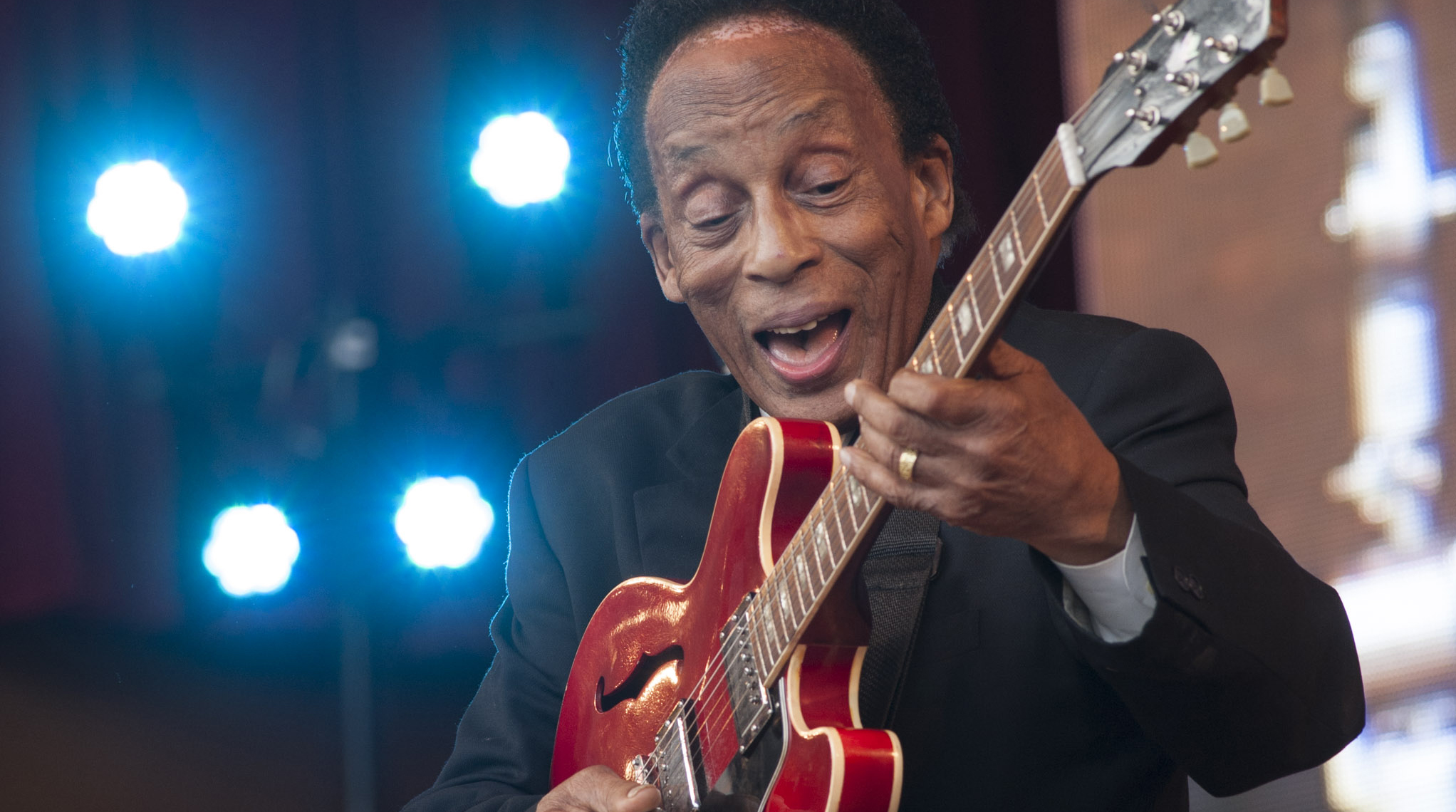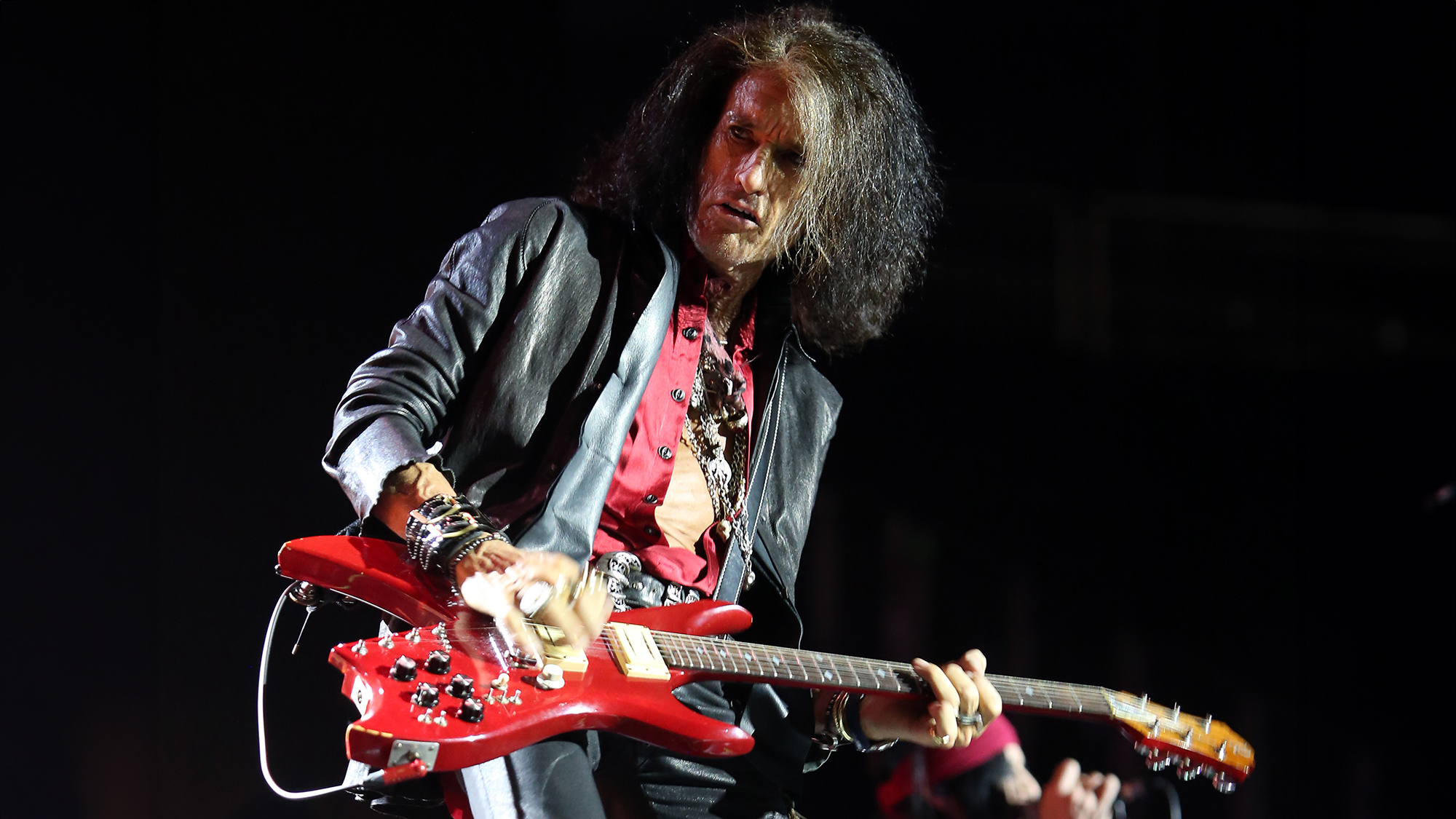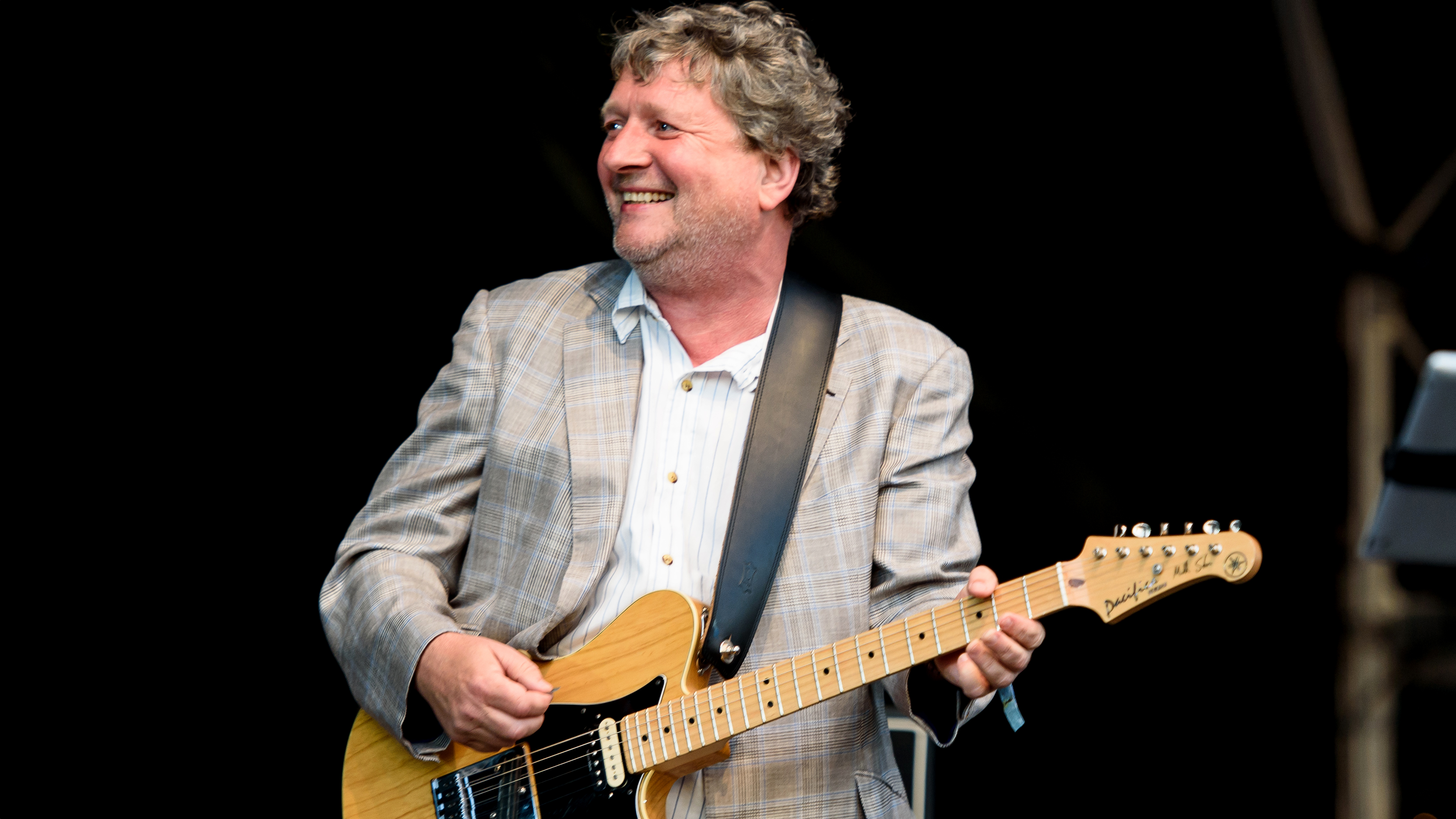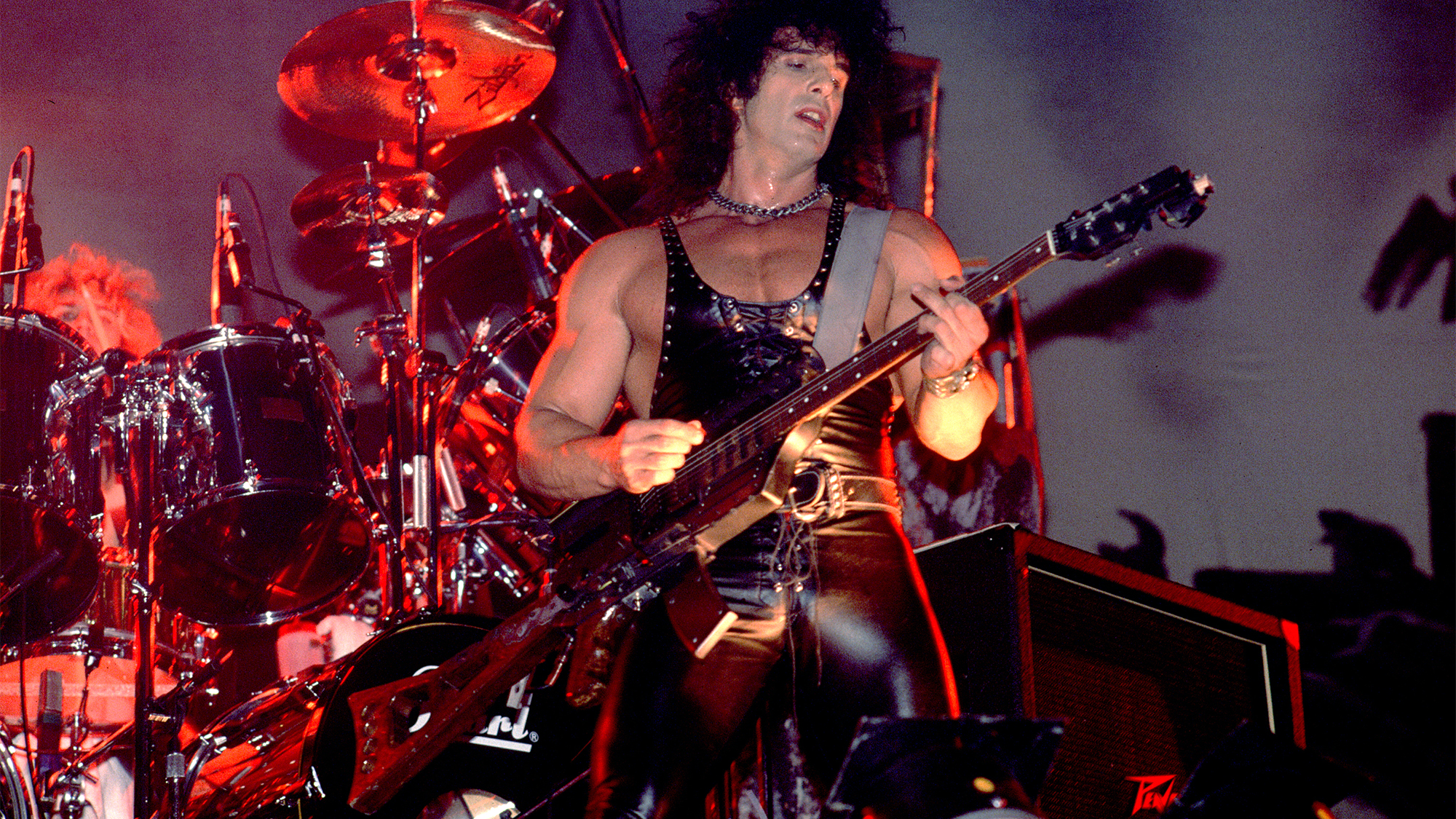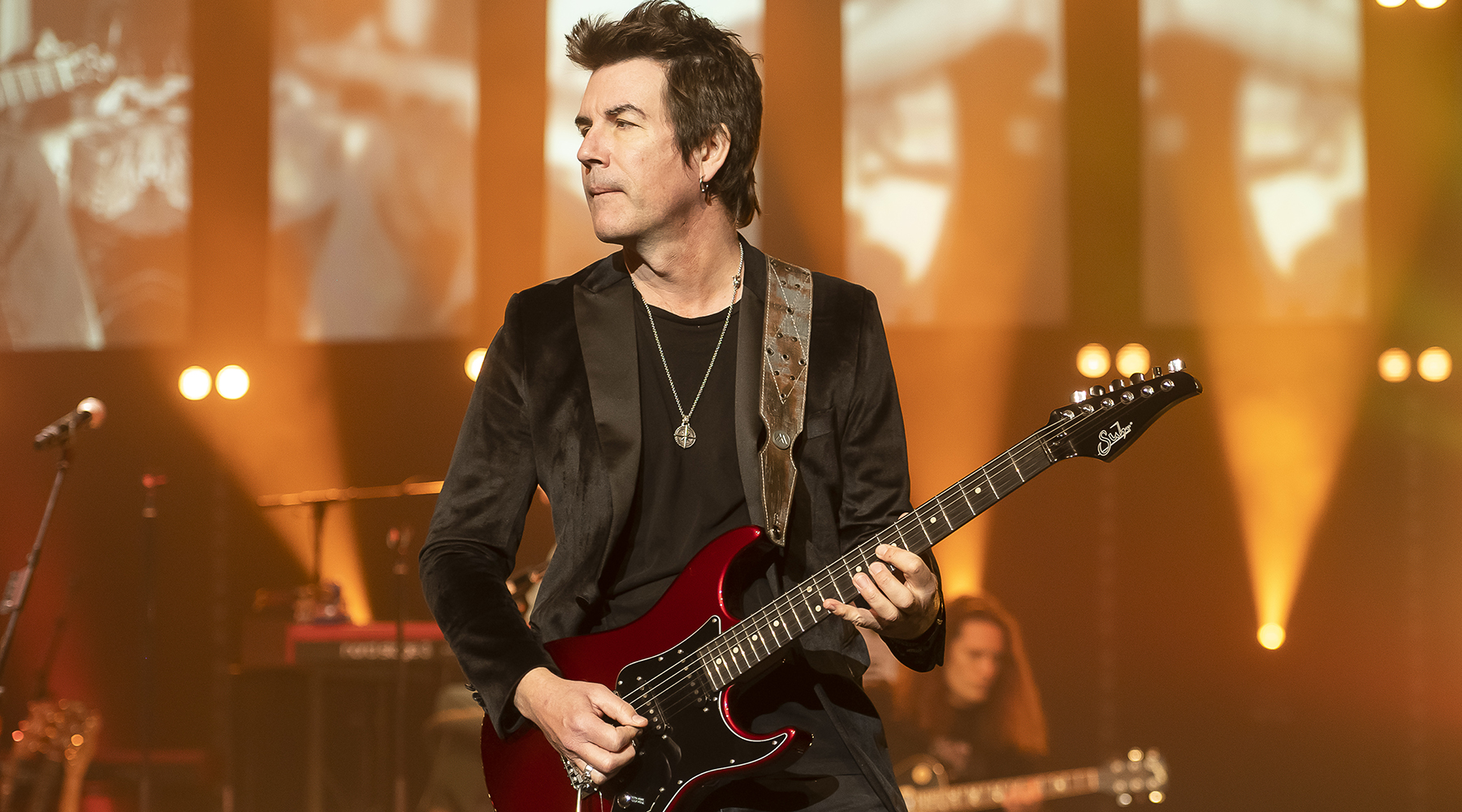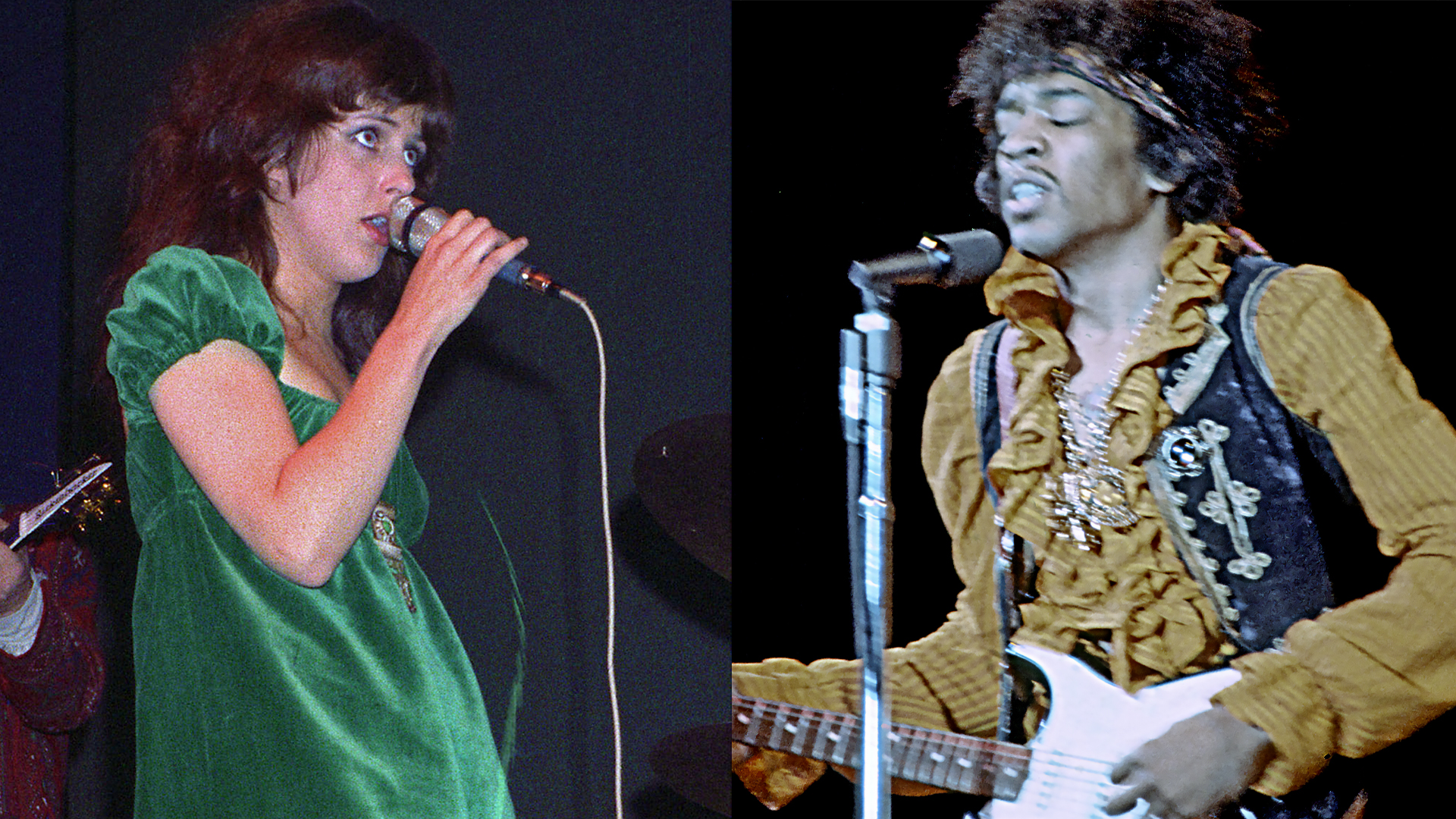“They said if I told anyone, they would deny it.” Ritchie Blackmore got the loudest amp Marshall ever made. All he had to do was keep two secrets
The guitarist said his volume while testing amps was distracting to Marshall's workforce, even when he was in a soundproofed room
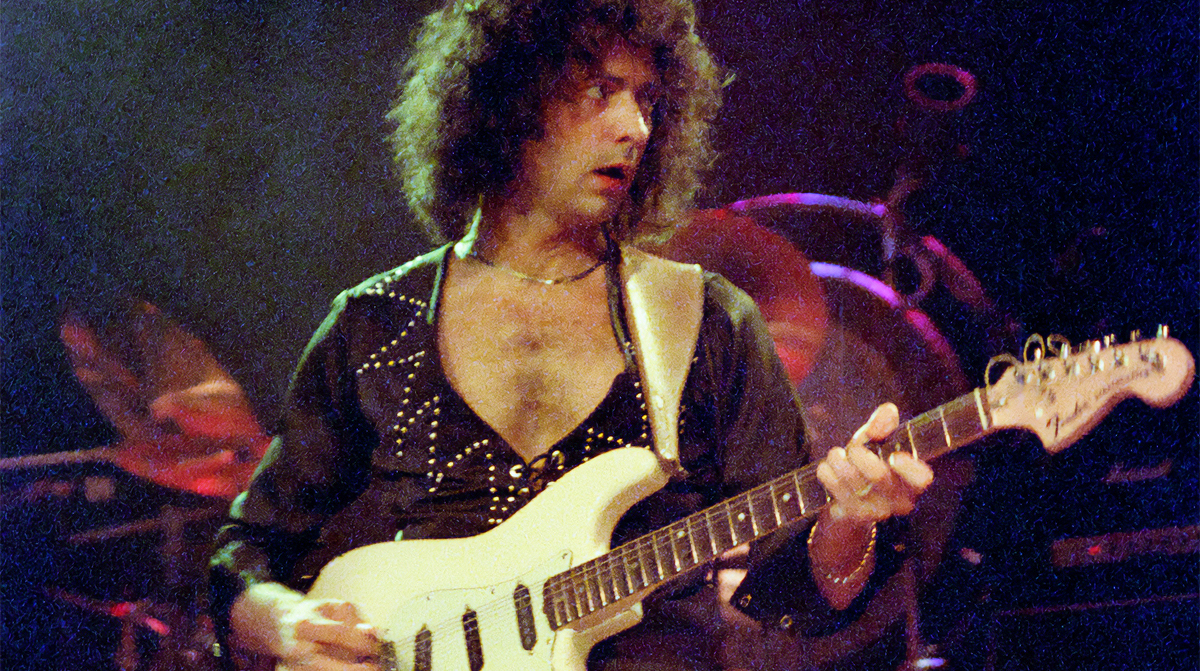
In his Deep Purple days, Ritchie Blackmore was known for two things: his habit of torturing his Fender Stratocasters and his love of volume. But getting an amp as loud as he wanted took particular skills and talents. It also took perseverance on Blackmore’s part to convince the only man he knew could do it: Jim Marshall.
“I knew him as a friend, because I used to buy my guitars from him,” Blackmore told Guitar Player in 2018. “He was a drum teacher, and he had a music shop in Ealing. Mitch Mitchell [of the Jimi Hendrix Experience] used to work there.”
As Marshall moved into amp making, he opened a factory in Bletchley. “Jim was a very nice man,” Blackmore said. “His office was down the road from the factory, but he would always come in when I was in there, because he could hear me blasting away. He would say, ‘I knew you were here!’ ”
As it happened, Blackmore wasn’t a big fan of the Marshall sound. “It was too mellow and too muted,” he said. “Hendrix always had trouble with the transformers blowing up if you pushed the amp too hard. They corrected the transformer problem, but it's interesting to note that Jim Marshall didn't know much about amplifiers, and yet he knew how to design something that caught on like crazy. This is a similar situation with Leo Fender, who never played a guitar.”
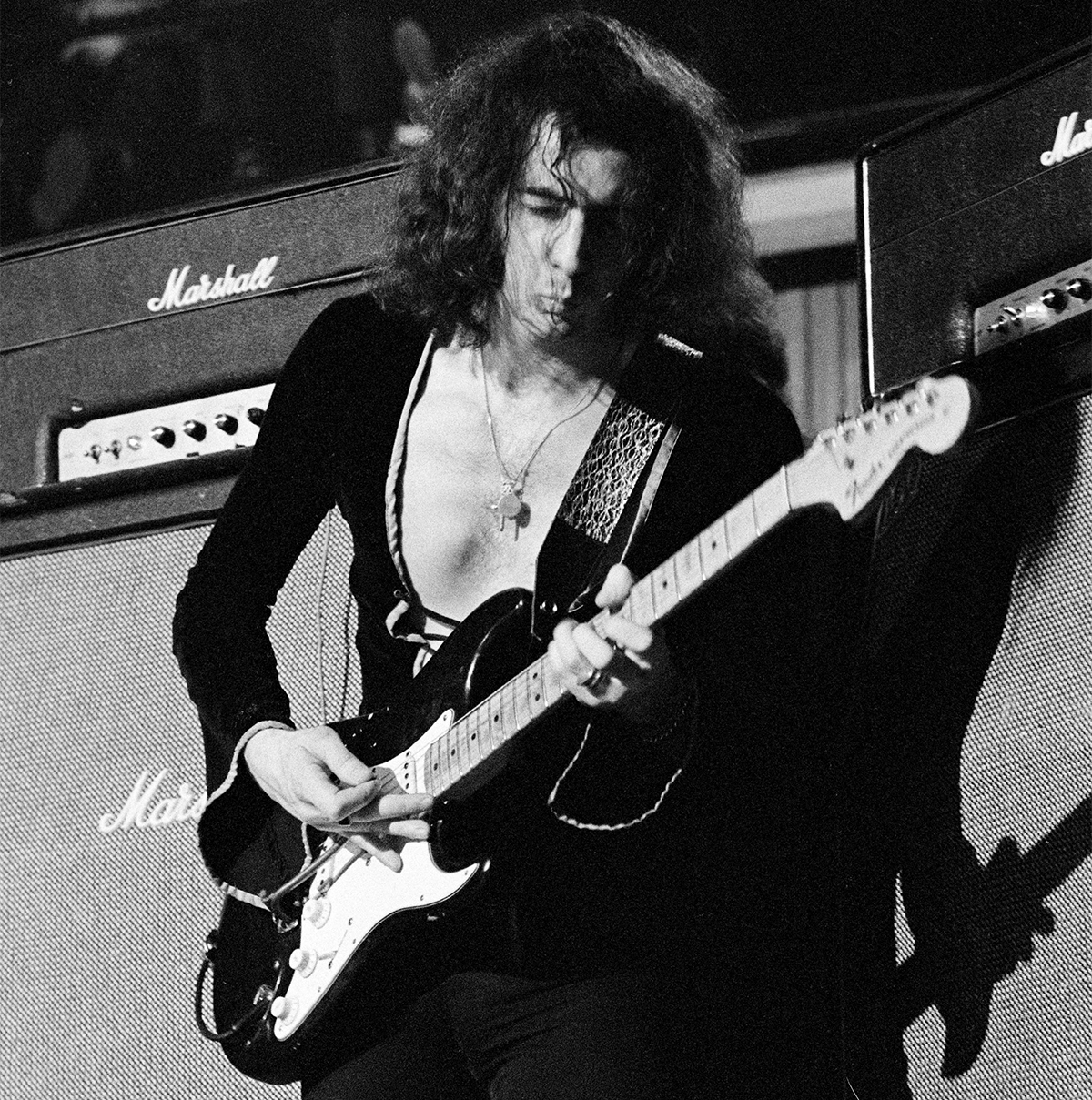
Blackmore was actually enamored of his Vox AC30, but Marshall was unable to match its tone. “I’d try to get them to give me more distorted treble on the output side,” he explained. “I’d go into a soundproofed room to test the amps — which still didn't stop the women who worked in the factory from saying they couldn't work or concentrate with me playing so loud.”
As he told Guitar World in 2018, the company came up with a cunning solution in 1970. “One of the secrets that they will deny to this day — ’cause they told me they would — was that they could not come up with the sound that I wanted,” Blackmore told the magazine. “I wanted this Vox sound, which was very distorted and very cutting, but seemed to have a bass resonance. And they just couldn’t get that.
"So in the end they said, 'What we’re going to do is get one of our combo amps and we’ll take out the innards and put in the Vox innards. So you’ll actually be playing a Vox, but it’ll say Marshall.' That was the big secret of the day.”
So much for secret number one.
But Marshall wasn’t about to give up that easily. Technicians Ken Clegg and Ken Bran took a Marshall Major — a 200-watt behemoth designed around four KT88 output tubes — and went to work. “They ended up building an extra output stage on the 200-watt Marshall, which took the wattage up to 280 watts,” Blackmore said. “At that point, I basically had the loudest amp ever made by Marshall.”
Blackmore got his amp, but Marshall swore him to a second secret: “They said if I told anyone, they would deny it, because they didn't want to have to make any more like that. I think I caused them a bit of grief.”
Get The Pick Newsletter
All the latest guitar news, interviews, lessons, reviews, deals and more, direct to your inbox!
Guitar Player is the world’s most comprehensive, trusted and insightful guitar publication for passionate guitarists and active musicians of all ages. Guitar Player magazine is published 13 times a year in print and digital formats. The magazine was established in 1967 and is the world's oldest guitar magazine. When "Guitar Player Staff" is credited as the author, it's usually because more than one author on the team has created the story.
"The only thing missing is the noise from the tape loop." We review the Strymon EC-1 Single Head dTape Echo, a convincing take on a very special vintage tube Echoplex
A gigantic $360 off Positive Grid's celebrated BIAS amp sim software may have just put the nail in the coffin of my beloved valve combo
